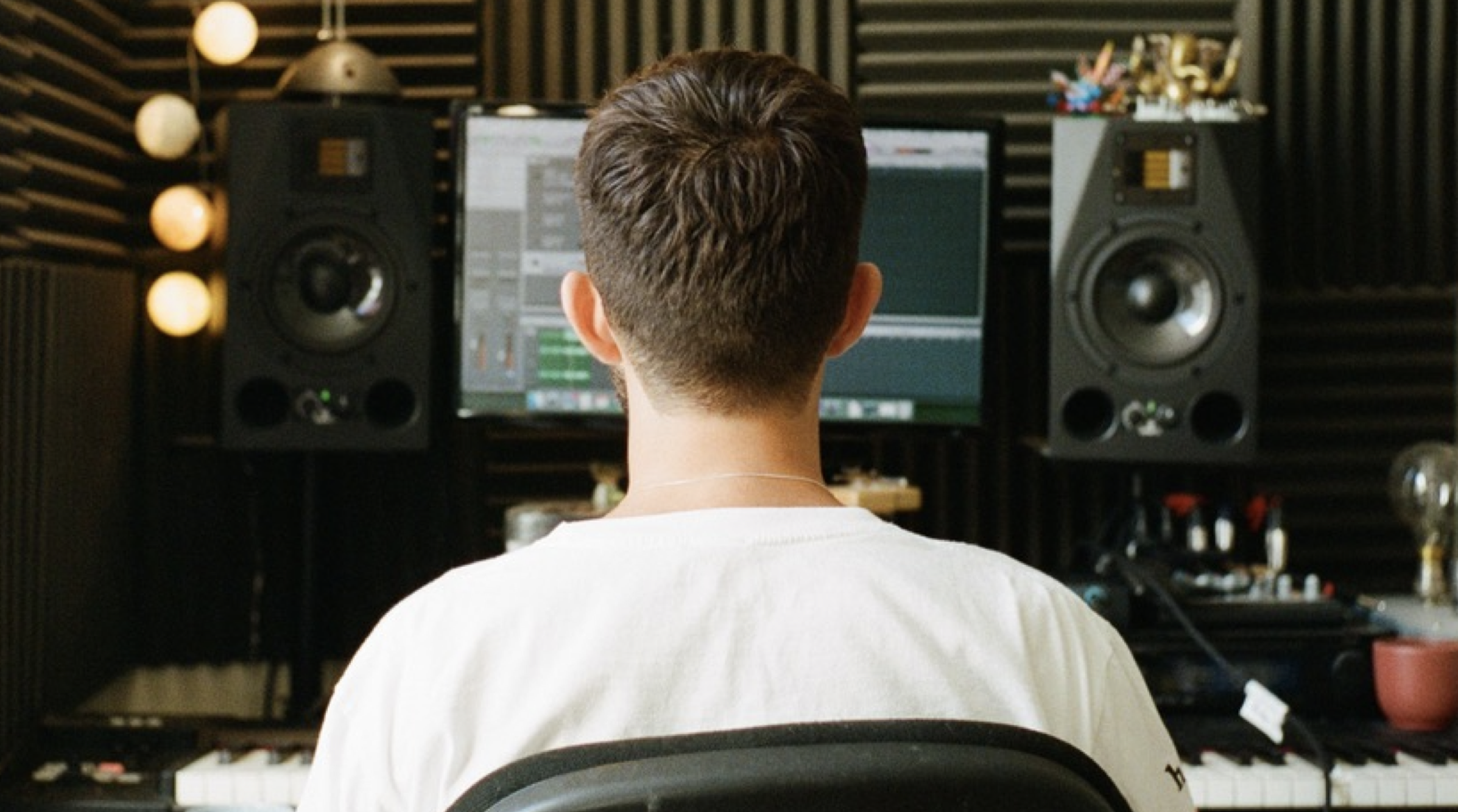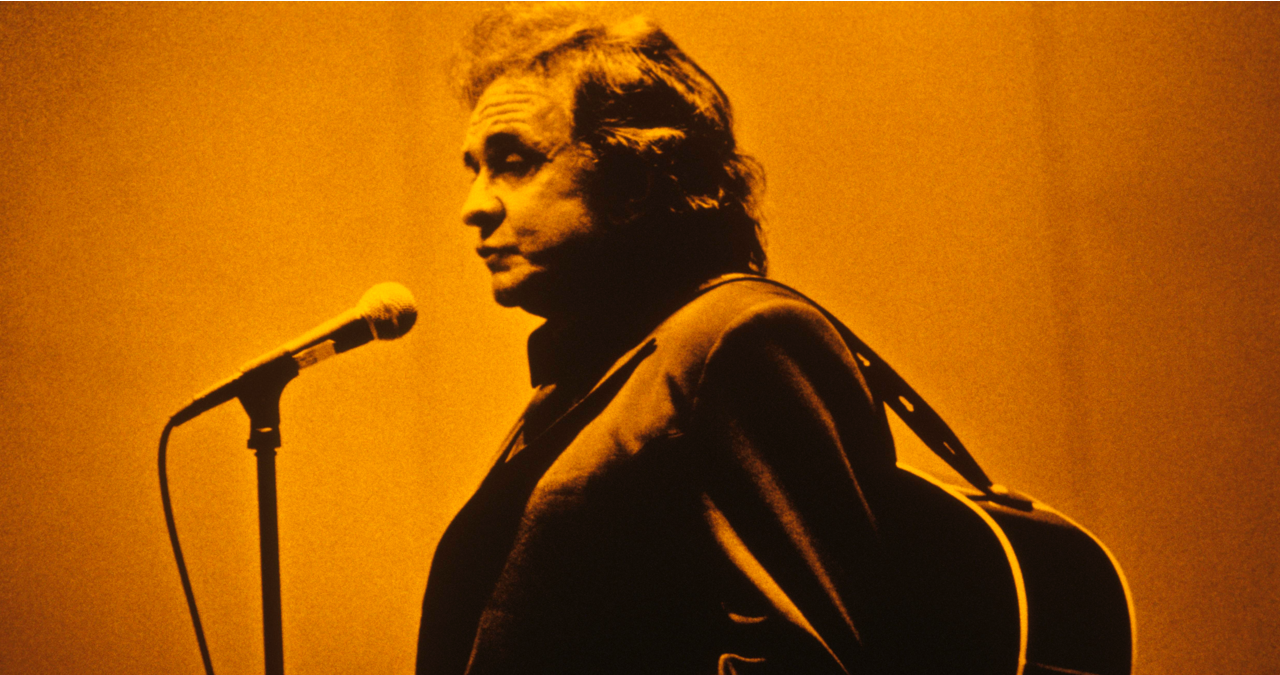“There is a certain sound you can only get from pushing the air, by turning the amps up, running those tubes super hot”: Kenny Wayne Shepherd on what it takes to cover Hendrix, his fistful of Dumbles and the secret to a cookin’ overdrive
Shepherd's tone on Dirt On My Diamonds Vol 2 is smoking hot, reference quality blues-rock, but like any master chef, it's all about the ingredients and how you use them

Kenny Wayne Shepherd is one of the great connoisseurs of electric guitar tone. Over the years he has refined his tastes to Fender Stratocasters, Dumble tube amps, Analog Man stompboxes… The finer things in life.
His epicurean appreciation of guitar sound is all over his latest studio album, Dirt On My Diamonds Vol 2, a record that might well send tone hounds back to the drawing board in search for what’s missing in their own sound.
Shepherd began work on it at FAME Studios, the legendary Muscles Shoals, Alabama locale where the likes of the Stones and Aretha Franklin recorded, before heading out west to finish up at an all-analogue studio in California.
Sometimes guitar players can be coy when asked about what they used. Sometimes they just can’t remember. Shepherd, checking in from the Experience Hendrix Tour, is not hiding anything here.
But it is not just the tones that mark this as a KWS release, it’s the groove. Tracks like I Got A Woman are all forward motion, a rhythm to make you move. This, explains Shepherd, is what it was designed to do
With just a few hours before show time, the Grammy-winning blues guitar ace discusses the importance of patience when vintage gear shopping, the influence of James Brown and the JBs, and shares what he has learned from jamming with the likes of BB King and Buddy Guy.
What are the essentials to get right when covering Hendrix? How do you approach it?
Get the MusicRadar Newsletter
Want all the hottest music and gear news, reviews, deals, features and more, direct to your inbox? Sign up here.
Voodoo Child is just wide open for expressive soloing, so it is the perfect opportunity for a guitar player to try and just do whatever they want to do
“The thing about Hendrix’s music is that there are so many different ways you can interpret it. Voodoo Child, that groove, is just wide open for expressive soloing, so it is the perfect opportunity for a guitar player to try and just do whatever they want to do.
“In that regard, it makes it one of the greatest guitar anthems ever written in my opinion. It’s a perfect platform for me, as an artist – as a guitar player – to take the thing he created and then interject my personality when I play it.
“And I also tip my hat when I am playing it to Stevie Ray Vaughan and the way he played it, so I incorporate elements of Jimi, and I incorporate elements of Stevie, and then I throw in my own elements and my own personality on top.”
You all bring something different to it, which was something that Hendrix was famous for. He was a pioneer of the cover being this radically difficult thing.
I’ve taken so many lessons from Hendrix over the years, the example he set in his music, pushing the boundaries
“You could certainly credit him with that. There may be others as well but he was certainly one. It was him showing his appreciation for their artistry but then sometimes radically reinterpreting that.
“I mean, sometimes not so radically! Wild Thing. You can’t make Wild Thing very different from the original, other than him putting his attitude into that song.
“I’ve taken so many lessons from him over the years, the example he set in his music, pushing the boundaries and taking something like blues music and pushing it in so many directions.”
He was a big proponent of stage volume. Are you the same? Do you like a lot of it out of your amps?
“As I have gotten older stage volume has become more of a problem. I think if Jimi was still alive today, at some point he might have considered turning the amplifiers down a little bit because your ears start ringing and you start losing your hearing.
“But there is a certain sound you can only get from pushing the air, by turning the amps up, running those tubes super-hot, through all of those components in the amp, and then pushing that through the speakers and moving air.
“I’ve just found different ways to do it. Instead of trying to turn amplifiers up at 100-watts, let’s cut that by half and have amplifiers that are 50-watts and then we can turn those all the way up. It’s bringing the volume down but still pushing the amplifier.”
You have jammed with some of the greatest – Buddy Guy, BB King – what is the biggest lesson you’ve taken from those experiences?
“I am just watching for how they are entertaining people, and how they command their presence onstage. Because my style of playing is different than theirs, although my style of playing has incorporated things from those people.
“I’ve always tried to watch my heroes as entertainers, not just guitar players, and how they entertain the people. What is it beyond their guitar playing that makes them interesting onstage? And when you are onstage with them you get a first-hand look at what that looks like.”

When we talk about finding our own style, Julian Lage made a great point; that everyone has their own groove, their own shuffle, and we’ve got to embrace the things that make us unique.
“Yes, I agree with that. People have their own groove for sure, and whether or not you become a musician, everyone walks to their own beat, and because I am a musician I have the opportunity to express that.”
Who were the bands that influenced your sense of groove? Is your feel for groove from playing with other people or listening to records?
“My music is always, ‘What’s the groove?’ first. Like, the groove has to be there, and then that sets me up to be able to play the instrument the way I want to play it. I like to see people move. In addition to maybe paying attention to what’s going on with the guitar, I want them to be moving their head, to be getting up out of their seat and dance to the music as well.
“Playing with other people helps you refine it. It helps you actually develop your ability to do it. But I think the idea of it came from listening to other people. A lot of it is James Brown. I listen to a lot of James Brown and there is not much more groove-orientated musicians than James Brown.”
Some of the tones on …Vol 2 are exquisite. What are we hearing on the I Got A Woman solo?
“That one was really just the guitar into the amplifier, and I was using the Analog Man Bi-Chorus pedal. Well, actually, I think I was using the King Of Tone pedal, overdrive pedal, too. But that was it. Guitar, King Of Tone overdrive, the Bi-Chorus pedal, and then the amplifier.”
A lot of the overdrive we hear on the record sounds like it is coming from your guitar amp.
“I turn the amps up right until their breaking up but not over-saturating it, and the pedal is what tips it right over the edge. You can only get that kind of sound by pushing those amplifiers in that way. You really can’t manufacture a sound like that.”
And it was all Dumbles on the record?
“Yeah, all the amps on the record were Dumble amps. I used the Tweedledee. I used the Ultraphonix, the Rockphonix, the Slidewinder… I had about five or six of them in there. We’ll mic them all up and we’ll listen to each one as we’re mixing the song and go, ‘Well, this amp, or these two amps, are the right sound for that’ and then create a blend.”
Besides your Strat, what guitars did you use? Like, that Never Made It To Memphis solo sounds incredible, a bit different.
“That’s a Les Paul, and [it’s] also on A Long Way Down and She Loves My Automobile, too. The one I used on this record was actually a late 1990s Custom Shop Les Paul that a friend of mine gave to me as a gift several years ago. I used it on the Rides albums I did with Stephen Stills [2013's Can’t Get Enough, 2016's Pierced Arrow]. It’s a good sounding guitar for sure, a great sounding Les Paul.”

“A couple of years ago I finally got a 1960 Les Paul Sunburst, which I had been on the hunt for for 12 years. But I am very, very patient. Very methodical. It took me that long to find the right one for me. I’ve played many, many of them over the years but hadn’t found the right one until recently. We recorded this stuff before I got that.”
How many takes do you like for your solos?
“I’ll do as many as I have to to make it right but I’d prefer to do the least amount of overdubs possible because I want it to capture the live sound of me and my band, because that is the best representation of what we do.
“We thrive on live performances. That is where we are at our best, so if I want to represent us at our best that’s what I need to capture in the studio.”
- Dirt On My Diamonds Vol 2 is out now via Provogue/Mascot.
Jonathan Horsley has been writing about guitars and guitar culture since 2005, playing them since 1990, and regularly contributes to MusicRadar, Total Guitar and Guitar World. He uses Jazz III nylon picks, 10s during the week, 9s at the weekend, and shamefully still struggles with rhythm figure one of Van Halen’s Panama.
“It is ingrained with my artwork, an art piece that I had done years ago called Sunburst”: Serj Tankian and the Gibson Custom Shop team up for limited edition signature Foundations Les Paul Modern
“The last thing Billy and I wanted to do was retread and say, ‘Hey, let’s do another Rebel Yell.’ We’ve already done that”: Guitar hero Steve Stevens lifts the lid on the new Billy Idol album















